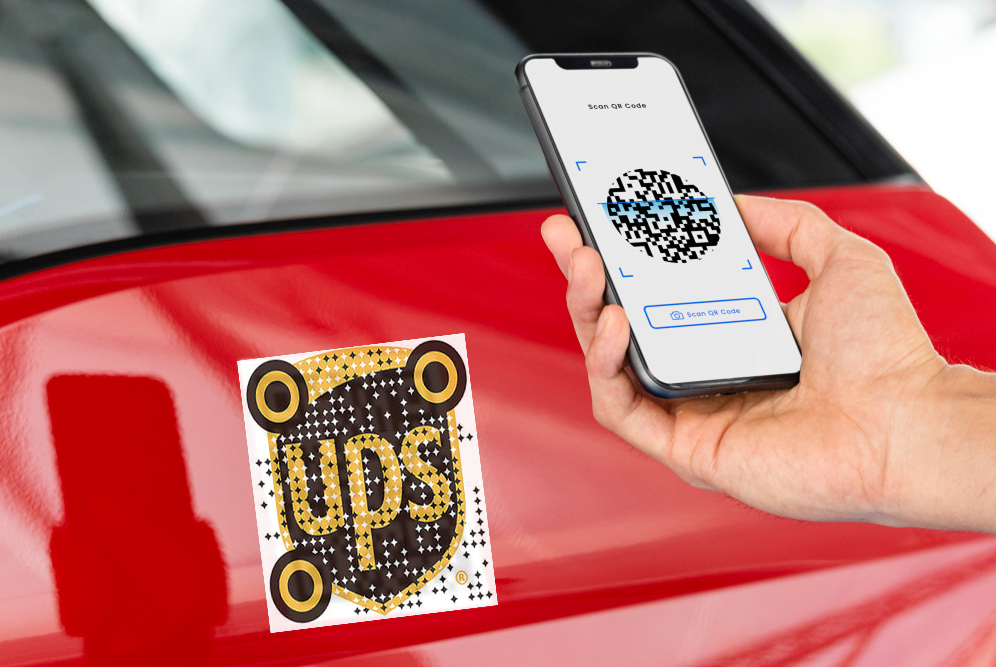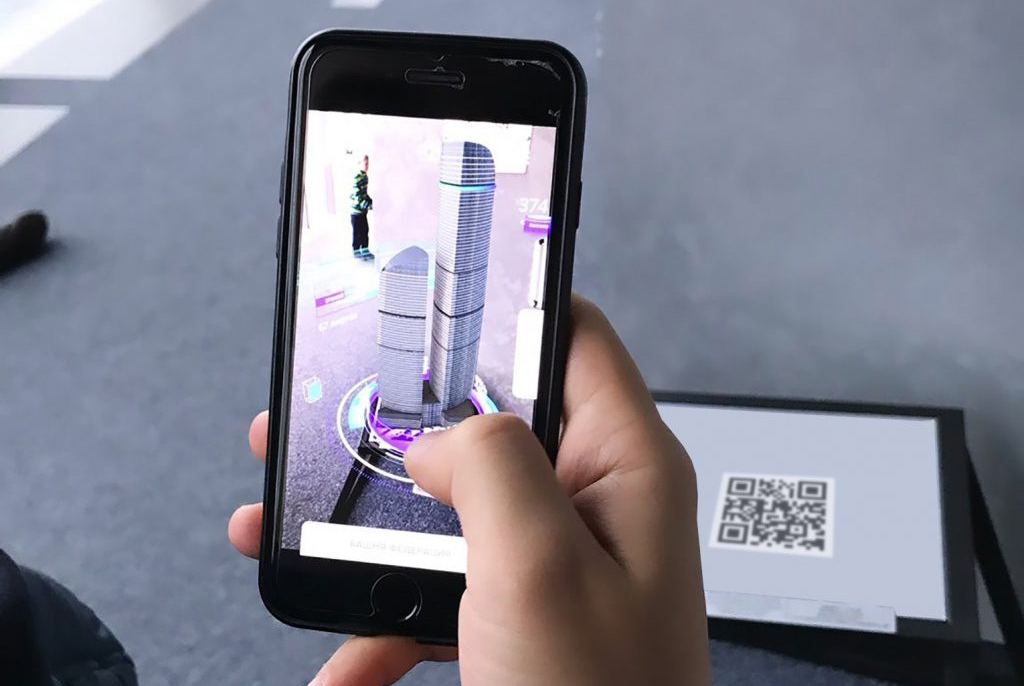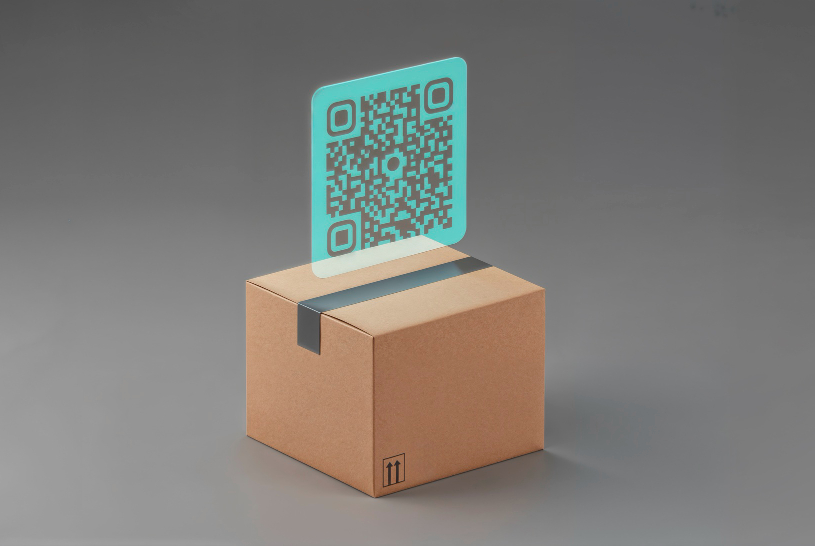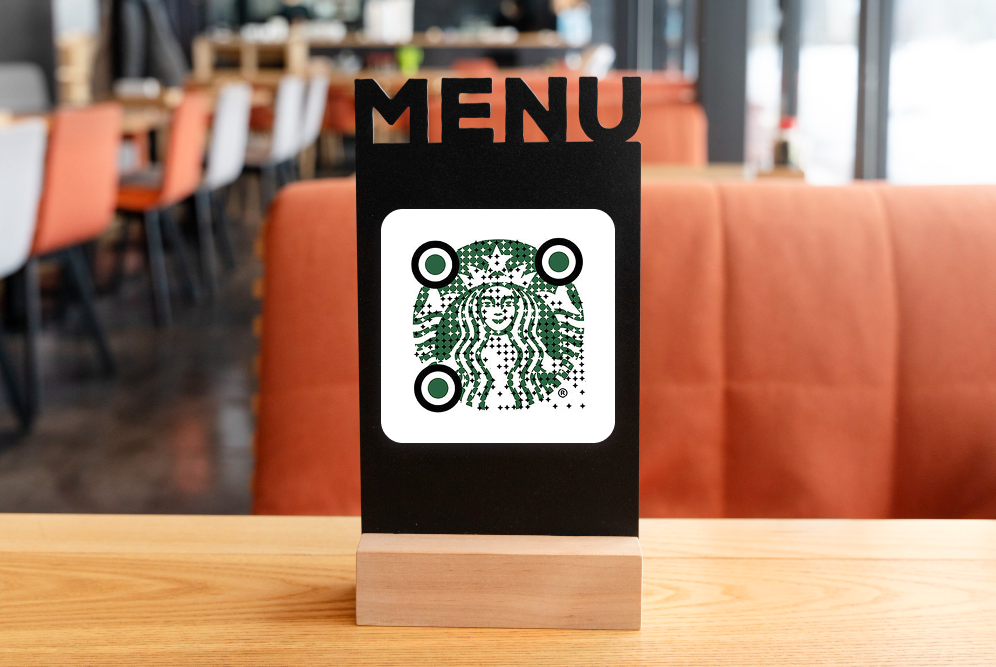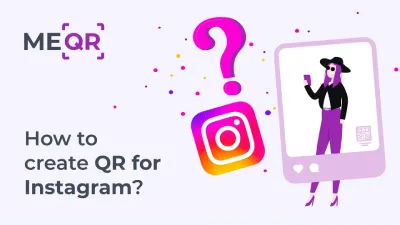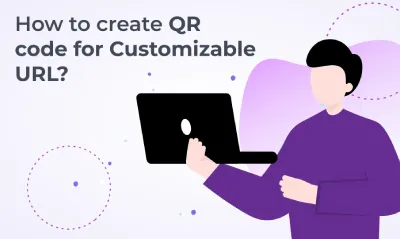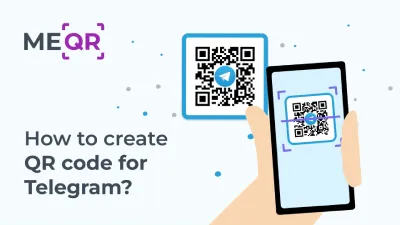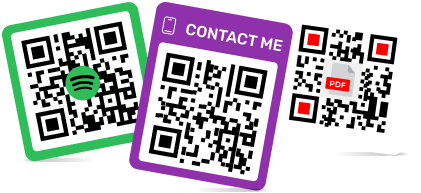Unlocking the Future with Augmented Reality and QR Codes
To create a QR code for a link, video or picture - click on the button below.

The fusion of augmented reality (AR) with QR codes heralds a transformative era, redefining user experiences across various industries. By combining the interactive and immersive capabilities of AR with the simplicity and ubiquity of QR codes, this technology is shaping the future in unprecedented ways. Let’s delve deeper into the topic of augmented reality QR code.
Introduction to AR and QR Codes
Before delving into the transformative potential of QR augmented reality, it's essential to understand the basics of these technologies.
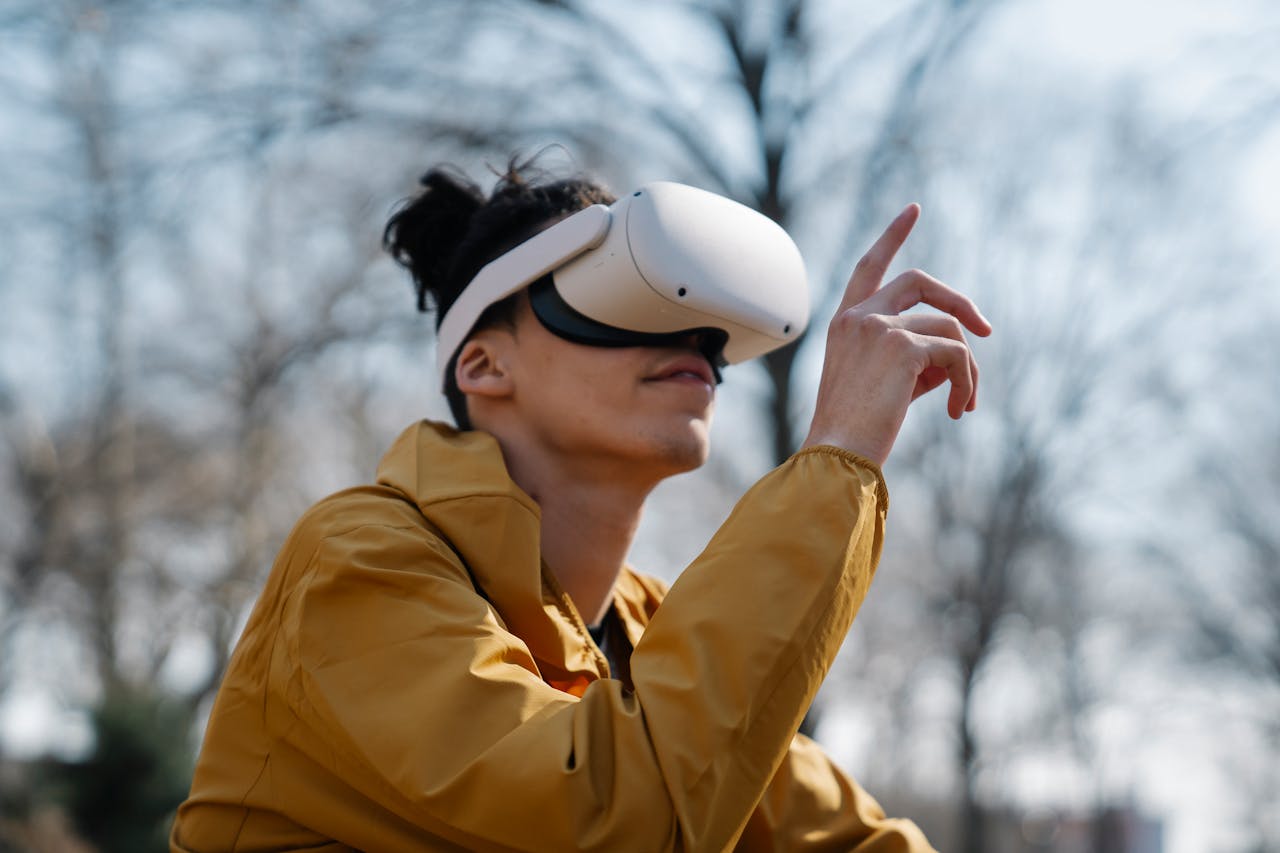
What is Augmented Reality (AR)?
Augmented reality (AR) is a technology that overlays digital content onto the real world, enhancing the user's perception and interaction with their environment. Unlike virtual reality (VR), which creates an entirely virtual environment, AR integrates digital elements into the real world, viewed through devices such as smartphones, tablets, and AR glasses.
The concept of AR dates back to the 1960s when Ivan Sutherland developed the first head-mounted display system. Known as "The Sword of Damocles," this device was primitive compared to modern standards but laid the groundwork for future developments. The technology saw gradual advancements through the decades, with significant milestones such as the development of ARToolKit by Hirokazu Kato in 1999, which allowed developers to overlay virtual imagery on real-world environments in real-time.
Modern AR technologies leverage powerful algorithms, sensors, and computing capabilities of today's smartphones and other devices. These advancements enable AR applications to precisely recognize and interpret the physical environment, creating highly realistic and interactive experiences. Applications range from simple overlays of text and graphics to complex integrations of 3D models and interactive elements, enriching users' interactions with their surroundings in innovative ways.
The Evolution of QR Codes
Quick Response (QR) codes, invented in 1994 by Denso Wave, a subsidiary of Toyota, were initially used for tracking parts in vehicle manufacturing. These two-dimensional barcodes can store a significant amount of data compared to traditional barcodes, which made them ideal for various applications.
The origin of QR codes can be traced back to the need for a more efficient way to manage inventory and logistics. The limitations of traditional barcodes, which could only store a small amount of data and required line-of-sight scanning, prompted the development of a more versatile solution. QR codes, with their ability to store up to 7,089 characters and be scanned from any direction, offered a robust alternative.
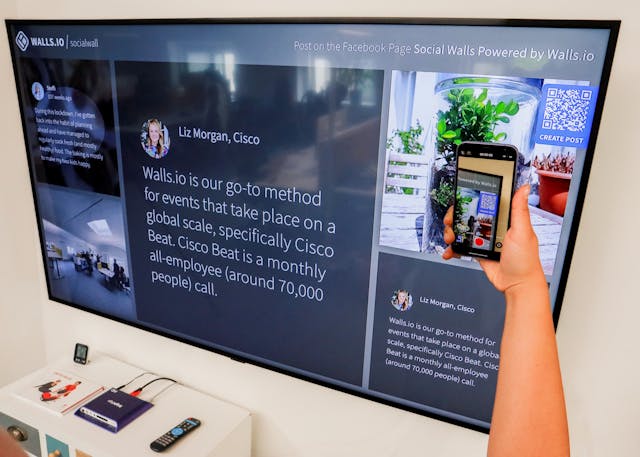
Over time, QR codes have evolved from industrial uses to become an integral part of everyday life. The proliferation of smartphones equipped with cameras and QR code readers has significantly boosted their popularity. QR codes are now ubiquitous, appearing on product packaging, advertisements, business cards, and even TV screens. They serve a multitude of purposes, from providing detailed product information and facilitating cashless payments to enabling digital check-ins and interactive experiences. Their ability to link the physical and digital worlds seamlessly has cemented their role as a crucial tool in today's digital landscape.
How do QR Code and Augmented Reality Work Together?
The integration of QR codes and AR combines the strengths of both technologies, creating powerful and engaging experiences.
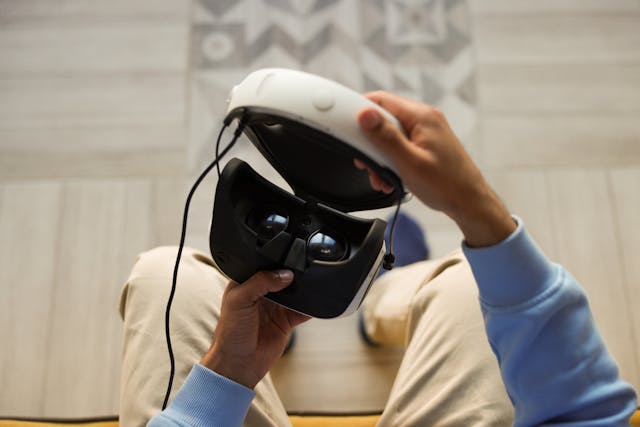
The Basics of AR QR Code Technology
Augment QR code technology involves embedding AR triggers within QR codes. When a user scans a QR code with an AR-enabled device, it activates the AR content associated with that code. This process requires three key components:
-
QR Code Generation: QR codes are created using generators that can embed various types of data, including URLs, text, and multimedia links (images, audio, videos).
-
AR Content Development: Digital content, such as 3D models, videos, and interactive animations, is developed and linked to the QR code.
-
AR Viewer: Users need an AR viewer app or an in-built device feature to scan the QR code and display the AR content.
The synergy between AR and QR codes relies on the ability of the QR code to act as a bridge between the physical world and digital content.
When scanned, the QR code directs the device to a specific URL or data source that contains the AR content. The AR application then processes this data, recognizing the QR code and overlaying the relevant digital content onto the user's view of the real world.
This seamless interaction creates a rich, interactive experience that enhances user engagement and provides valuable information or entertainment.
Benefits of Augmented Reality QR Codes
Integrating augment QR codes offers numerous advantages:
-
Enhanced Interactivity: AR QR codes provide a more interactive experience than static QR codes by overlaying dynamic digital content. This interactivity can range from simple animations to complex 3D models and interactive elements that users can manipulate and explore.
-
Improved Engagement: The immersive nature of AR captures users' attention and keeps them engaged longer. This increased engagement can lead to better retention of information, higher levels of interest, and a greater likelihood of users taking desired actions, such as making a purchase or sharing content.
-
Innovative Applications: QR AR opens up new possibilities for creativity and innovation across various sectors. Businesses can use them to create unique marketing campaigns, educational tools, or customer service experiences that stand out and provide added value.

The combination of these benefits makes augmented reality QR codes a powerful tool for enhancing user experiences and achieving various business objectives.
Applications of QR Codes in Augmented Reality
The QR code for AR is being leveraged across multiple industries to create unique and engaging experiences.
Innovative Uses of QR Codes in AR
Innovative uses of QR codes in AR span a wide range of industries, each application showcasing the potential of this technology to enhance user experiences and solve practical problems.

Retail and E-commerce
Retailers use AR QR codes to offer virtual try-ons for clothing, accessories, and makeup. Shoppers can scan a QR code and see how a product looks on them in real-time, helping them make more informed purchase decisions. This technology also allows for virtual product demonstrations and interactive displays that enhance the shopping experience.
Education
AR QR codes are used in educational materials to provide interactive learning experiences. Students can scan QR codes in textbooks to view 3D models and animations related to the content, making complex concepts easier to understand and more engaging. For example, a biology textbook might include QR codes that bring anatomical diagrams to life, allowing students to explore the human body in 3D.
Tourism
QR codes placed at tourist sites can trigger AR experiences, such as historical reenactments, informational overlays, and interactive guides, enhancing the visitor experience. For instance, visitors to a historical landmark might scan a QR code to see an AR reconstruction of the site as it appeared in the past, complete with narrated historical information and interactive elements.
These examples highlight the versatility and potential of AR QR codes to transform user interactions and provide valuable, engaging experiences.
Case Studies of Augmented QR Code Implementations
To illustrate the impact and effectiveness of augmented reality codes, several case studies from different sectors provide concrete examples of successful implementations.
IKEA Place App
IKEA's AR app allows users to scan QR codes in catalogs or on product tags to see how furniture items would look in their homes. This innovative use of QR code AR has transformed the shopping experience by enabling virtual visualization of products. Customers can place virtual furniture in their living spaces, ensuring the items fit and match their decor before making a purchase. This functionality has not only enhanced customer satisfaction but also reduced returns and increased sales.
Pokémon Go
Niantic's Pokémon Go game uses augmented reality with QR codes to create interactive and engaging gameplay. Players can scan QR codes to unlock special in-game features and events, adding an extra layer of excitement and interactivity. This integration of AR and QR codes has helped maintain the game's popularity by continually offering new and engaging experiences. The game's success demonstrates how AR QR codes can drive user engagement and sustain interest over time.
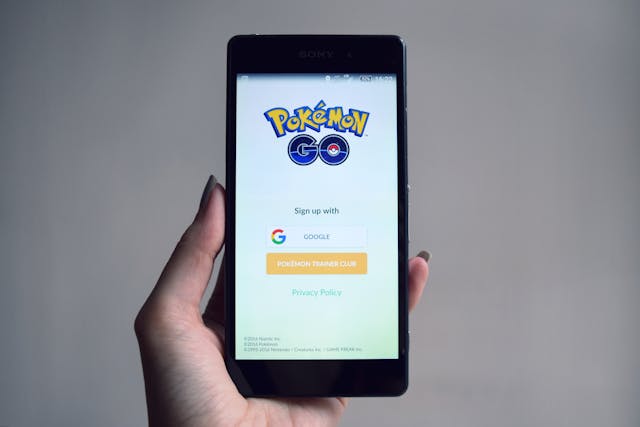
Pepsi Max Campaign
Pepsi Max used AR QR codes in a marketing campaign where users could scan QR codes on cans to access exclusive AR content, such as interactive games and videos. This campaign significantly boosted consumer engagement and brand interaction by offering a fun and interactive way for customers to connect with the brand. The success of this campaign demonstrated the potential of AR QR codes to create memorable and impactful marketing experiences.
These case studies exemplify the diverse applications and substantial benefits of integrating AR with QR codes across different industries.
Advantages of Combining AR with QR Codes
The synergy of AR and QR codes offers several distinct benefits, enhancing the overall user experience and engagement.

Enhancing User Experience with AR QR Codes
AR QR codes significantly improve user experience by providing immersive and interactive content. For instance, in museums, visitors can scan QR codes next to exhibits to see AR reconstructions of artifacts, offering a deeper understanding and more engaging experience. This enhanced experience can make educational and cultural visits more enjoyable and informative, fostering greater appreciation and interest.
By overlaying digital content onto real-world environments, AR QR codes can transform static displays into dynamic and interactive experiences. This not only captivates users' attention but also facilitates a deeper connection with the content. For example, art galleries can use AR QR codes to provide additional information about artworks, including artist biographies, creation processes, and interpretive content, enriching the visitor experience.
Increasing Engagement through QR Codes Augmented Reality
Combining QR codes with augmented reality boosts user engagement by making interactions more captivating and memorable. Marketing campaigns using AR QR codes can achieve higher participation rates as users are drawn to the novel and engaging content. This increased engagement can translate into higher brand loyalty, greater customer satisfaction, and more effective communication of key messages.
AR QR codes enable brands to create interactive advertisements that stand out in a crowded market. For instance, a billboard with an AR QR code can offer a virtual tour of a product or an interactive game that relates to the advertised product. This not only attracts attention but also encourages users to interact with the brand in a meaningful way.
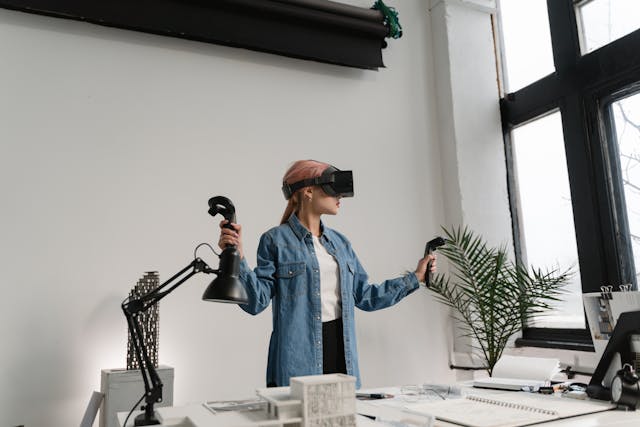
Future Trends in Augmented Reality with QR Codes
The future of 3d QR code augmented reality is promising, with several emerging trends and potential developments on the horizon.
Emerging Technologies in AR and QR Codes
Several emerging technologies are poised to influence the future of AR and QR code integration, enhancing their capabilities and applications.
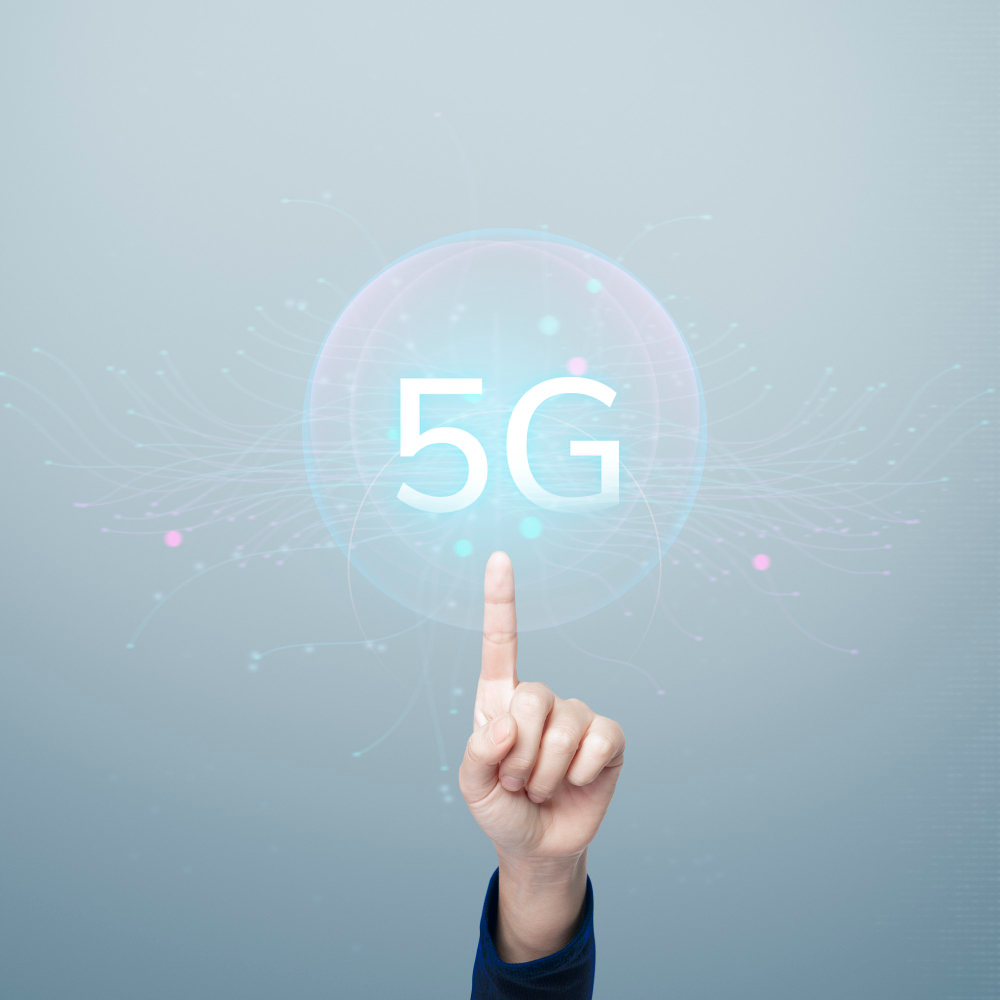
5G Technology
The rollout of 5G networks will enhance AR experiences by providing faster data transfer speeds and lower latency, making AR content more seamless and responsive. This improvement will enable more complex and data-intensive AR applications, such as real-time multiplayer AR games and detailed virtual simulations.
Wearable AR Devices
The development of AR glasses and other wearable devices will make accessing AR content via QR codes more convenient and integrated into daily life. These devices will allow users to interact with AR content hands-free, providing a more immersive and natural experience. For example, AR glasses could display navigational prompts or product information directly in the user's field of view, triggered by QR codes in the environment.
Artificial Intelligence (AI)
AI can enhance AR experiences by providing more personalized and context-aware content, improving the relevance and impact of AR QR code interactions. AI algorithms can analyze user behavior and preferences to deliver tailored AR content, making interactions more meaningful and engaging. For instance, an AI-driven AR application could recommend products or experiences based on the user's past interactions and current context.
These emerging technologies will enhance the functionality and appeal of AR QR codes, making them an even more powerful tool for various applications.
Predictions for the Future of AR QR Codes
Experts predict that QR code 3d augmented reality will become even more prevalent and sophisticated, impacting various industries in the following ways:
Retail
AR QR codes will become standard in retail, allowing for more personalized shopping experiences and real-time product customization. Customers will be able to scan QR codes to access detailed product information, virtual try-ons, and personalized recommendations, enhancing their shopping journey and driving sales.
Education
The use of AR QR codes in education will expand, offering more interactive and engaging learning tools that cater to different learning styles. Educators will use AR QR codes to create immersive lesson plans, interactive textbooks, and virtual field trips, making learning more dynamic and accessible.
Healthcare
AR QR codes will play a crucial role in healthcare, providing interactive medical information, virtual consultations, and training for medical professionals. Patients will use AR QR codes to access personalized health information and instructions, while healthcare providers will benefit from AR-assisted diagnostics and training tools.
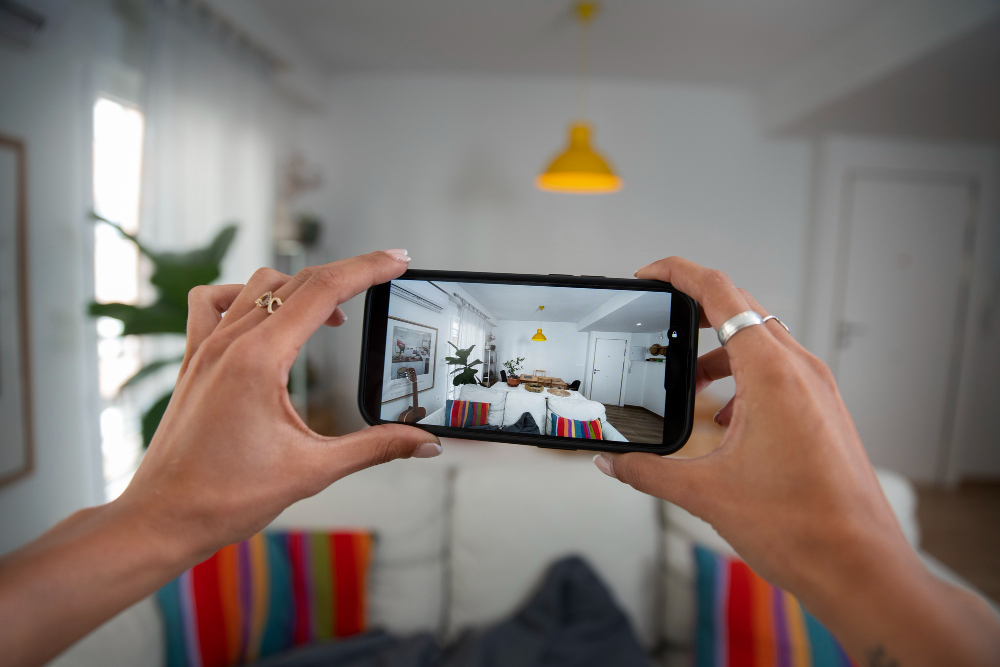
These predictions highlight the transformative potential of AR QR codes across various sectors, driven by advancements in technology and increasing user expectations for interactive and personalized experiences.
How to Apply QR Codes in Augmented Reality Applications?
Implementing the QR code to AR applications requires careful planning and execution. Here are some practical steps and guidelines.
Steps to Applying QR Code in Augmented Reality Applications
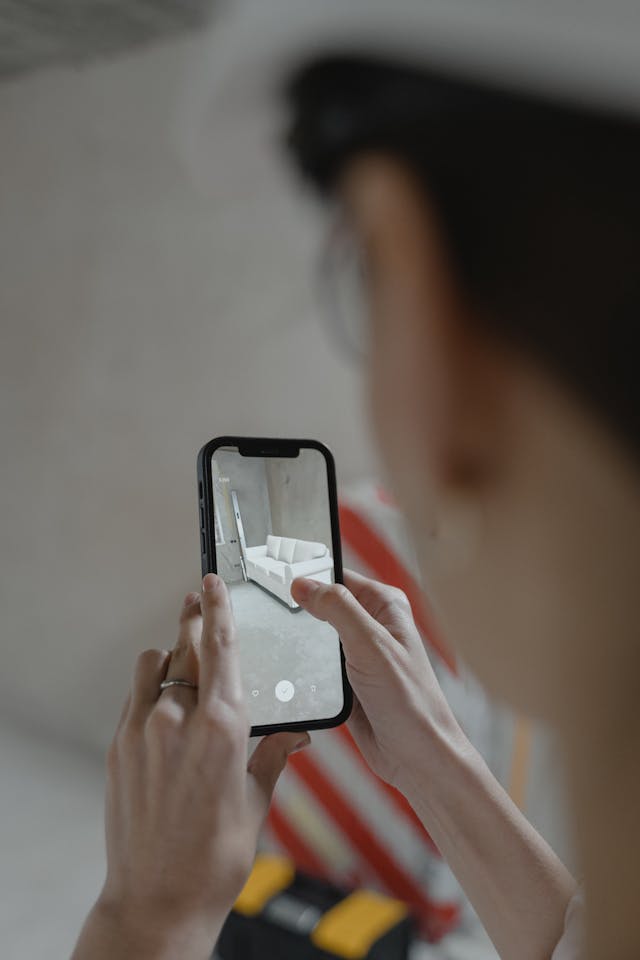
To successfully implement augmented reality QR codes, follow these steps:
-
Define Objectives: Clearly outline the goals of your AR QR code project, such as enhancing customer engagement, providing educational content, or improving brand interaction. Understanding your objectives will help guide the development process and ensure that the AR experience aligns with your strategic goals.
-
Create QR Codes: Use a reliable QR code generator, like ME-QR, to create QR codes that can store URLs, text, or multimedia links. Ensure the QR codes are easily scannable and aesthetically aligned with your brand. ME-QR offers customization options, such as incorporating logos and adjusting colors, to make QR codes visually appealing and on-brand.
-
Develop AR Content: Create engaging and relevant AR content that will be triggered by the QR codes. This could include 3D models, animations, videos, or interactive experiences. Collaborate with AR developers and designers to ensure the content is high-quality and provides a seamless user experience.
-
Integrate with AR Viewer: Ensure that the AR content is accessible through an AR viewer app or an in-built feature in mobile devices. Test the integration thoroughly to ensure smooth functionality. Choose an AR platform that supports the features and performance requirements of your AR experience, such as ARKit for iOS or ARCore for Android.
-
Deploy and Promote: Roll out the AR QR codes in your desired locations or materials. Promote their use through marketing campaigns, instructional guides, and user education. Provide clear instructions on how to scan the QR codes and access the AR content to ensure a smooth user experience. Monitor user feedback and engagement to assess the effectiveness of the AR experience and identify areas for improvement.
Following these steps will help ensure the successful implementation of AR QR codes, providing a seamless and engaging experience for users.
Create
QR Code Now!
Put your QR code link, add name for your QR, select content category and generate!
Create
QR Code Now!
Put your QR code link, add name for your QR,
select content category and generate!

Best Practices for Applying QR Codes in AR Applications
To maximize the effectiveness of AR QR codes, consider the following best practices:
Ensure Accessibility
Make sure the QR codes are easily accessible and scannable in various environments and lighting conditions. Place QR codes at eye level and in locations where they can be easily noticed and scanned. Consider the user journey and ensure QR codes are placed at strategic touchpoints.
Optimize User Interface
Design a user-friendly interface for the AR experience, ensuring it is intuitive and engaging. Provide clear instructions and feedback to guide users through the AR interaction. Use visual and auditory cues to enhance the user experience and make it more immersive.
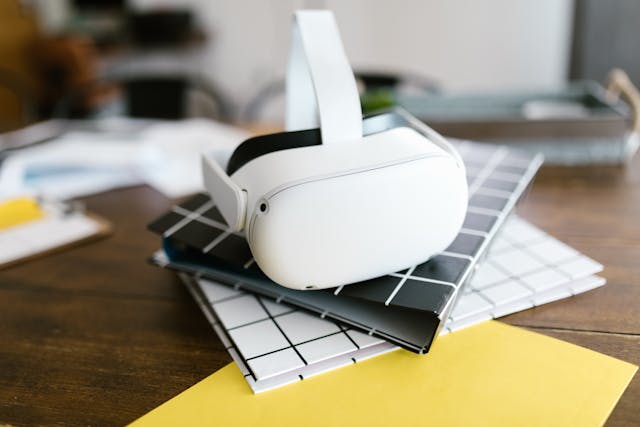
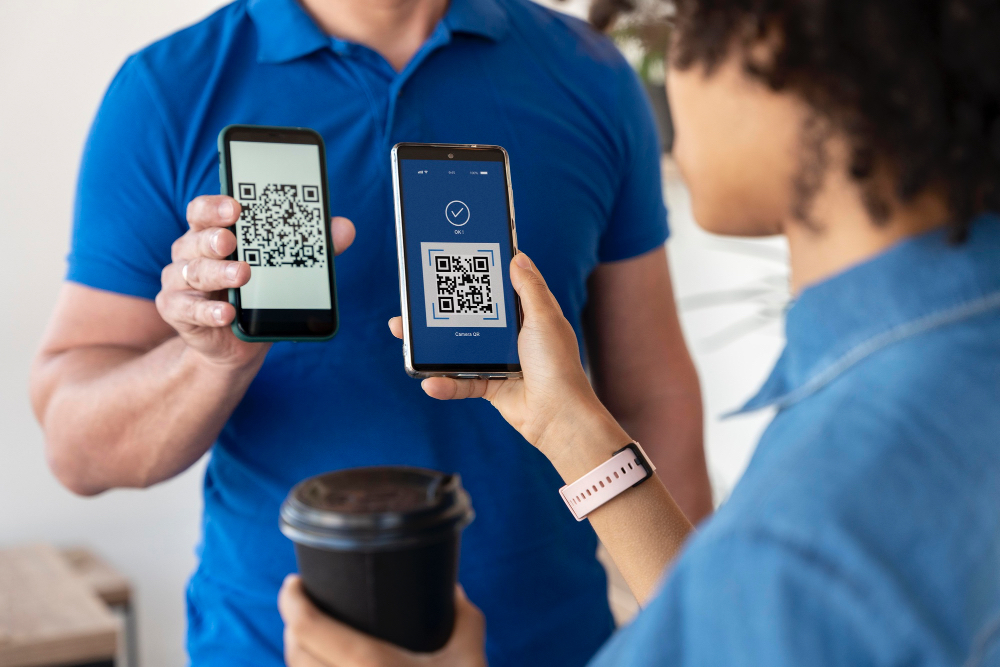
Test Thoroughly
Conduct extensive testing to ensure that the AR content loads correctly and provides a seamless user experience. Test the AR experience across different devices and operating systems to identify and resolve any compatibility issues. Gather feedback from test users to identify any usability issues and make necessary improvements.
Gather Feedback
Collect user feedback to identify any issues and areas for improvement, ensuring continuous enhancement of the AR QR code experience. Use the analytics feature to track user interactions and engagement with the AR content. Use this data to refine and optimize the AR experience over time.
Implementing these best practices will help ensure the successful application of AR QR codes, providing users with a smooth and engaging experience.
Conclusion
The integration of augmented reality and QR codes holds immense transformative potential. By merging the interactive capabilities of AR with the simplicity of QR codes, businesses and organizations can create unique, engaging, and immersive experiences.
As technology continues to advance, the applications and benefits of AR QR codes will expand, reshaping industries and enhancing everyday interactions.
The future of AR and QR codes is bright, promising a world where digital and physical realities seamlessly converge to offer unparalleled experiences. From retail and education to healthcare and tourism, the synergy of AR and QR codes is poised to revolutionize how we interact with the world.
By staying informed about emerging technologies and best practices, businesses and organizations can harness the full potential of AR QR codes to create innovative solutions and drive meaningful engagement.


